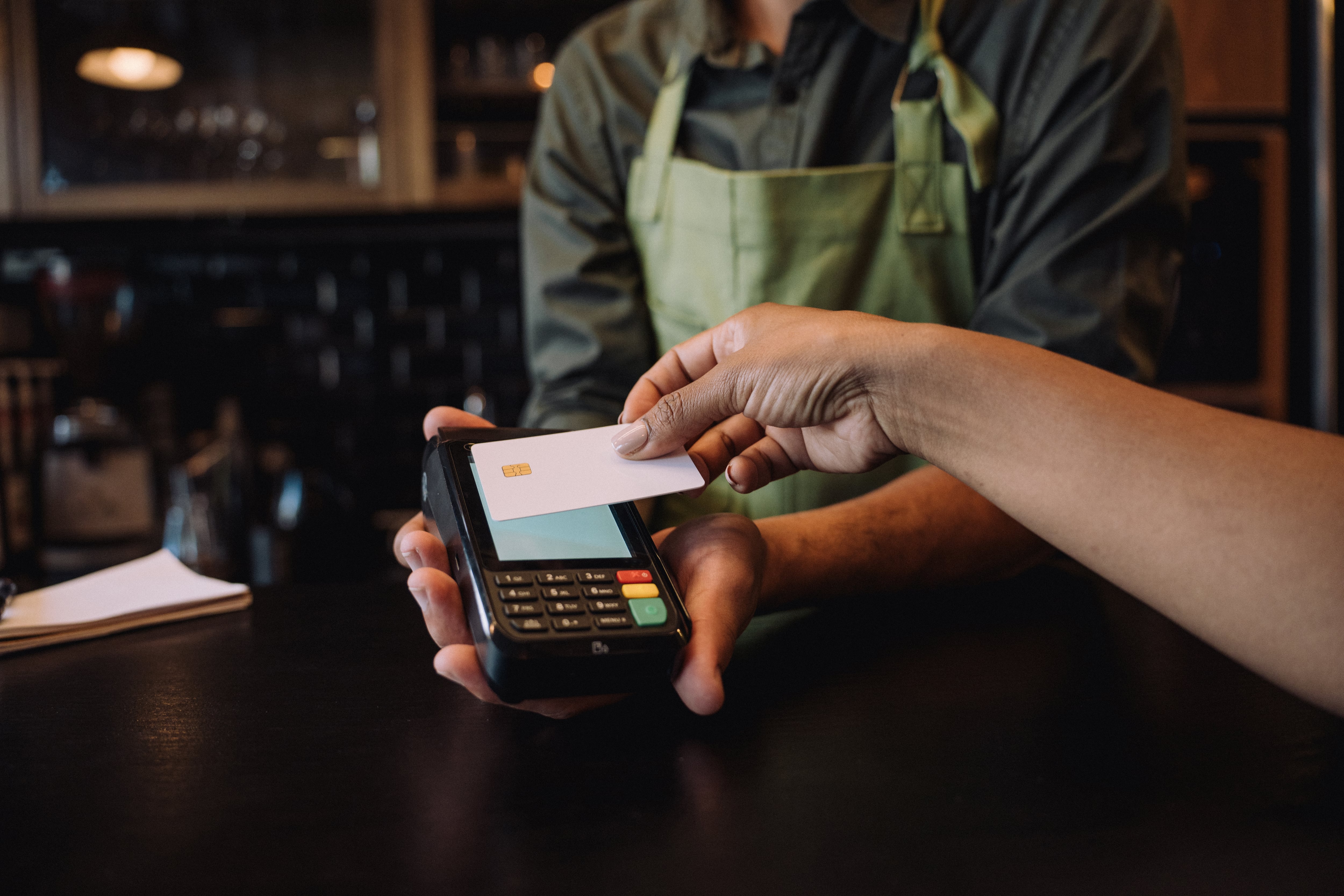Consumer spending in pubs, bars and clubs saw an increase of 0.8% in spending growth and 1.4% in transaction growth in March.
Restaurants, cafés and bakeries didn’t fare as well with spending down 0.2% and 0.5% respectively. While takeaways and fast food were down 0.8 and 4.2% - perhaps suggesting consumers are prioritising experiences over eating and drinking at home.
Overall, the monitor saw spending on hospitality and leisure increased by 2.8% in March in contrast to retail’s decline (down 0.2%).
Overall consumer card spending grew by just 0.5% year-on-year in March – lower than February’s 1% growth.
Less confident
The monitor said that in anticipation of rising bills and inflation on imported products, consumers are feeling less confident in their household finances and continue to find ways to cut back on essential costs.
Nearly two fifths (37%) of UK adults said they were trying to reduce their outgoings in March in anticipation of rising household bills, contributing to a 2.9% decline in essential spending (in comparison to 1% in February).
The monitor said that two in three UK adults are concerned about the impact of recent stock market volatility on their household finances, while 71% plan to buy more “Made in Britain” products.
This confidence also impacted on the volume of supermarket transactions which continued to fall in March, down 2.6% following a 3.7% decline in February.
Rising bills
Half of consumers (50%) say they now prefer to do a ‘big shop’ instead of multiple smaller shops throughout the week. Two in five (39%) say it makes it easier to budget and keep costs under control.
Barclays head of retail Karen Johnson said: “Consumers are feeling the pressure of rising bills, alongside being mindful of the impact recent global events may have on their finances. In a bid to keep costs down, households are adopting more prudent budgeting, which has led to a resurgence of the ‘big weekly shop.‘”
Barclays chief UK economist Jack Meaning said: “Following stronger than expected GDP growth in February, today’s data highlights the risks to consumer spending in the months ahead.
“The impacts of heightened uncertainty and rising bills are already being felt. We expect spending to remain muted through mid-2025, before picking up into 2026 as interest rates easing starts to be felt and uncertainty begins to normalise.”




